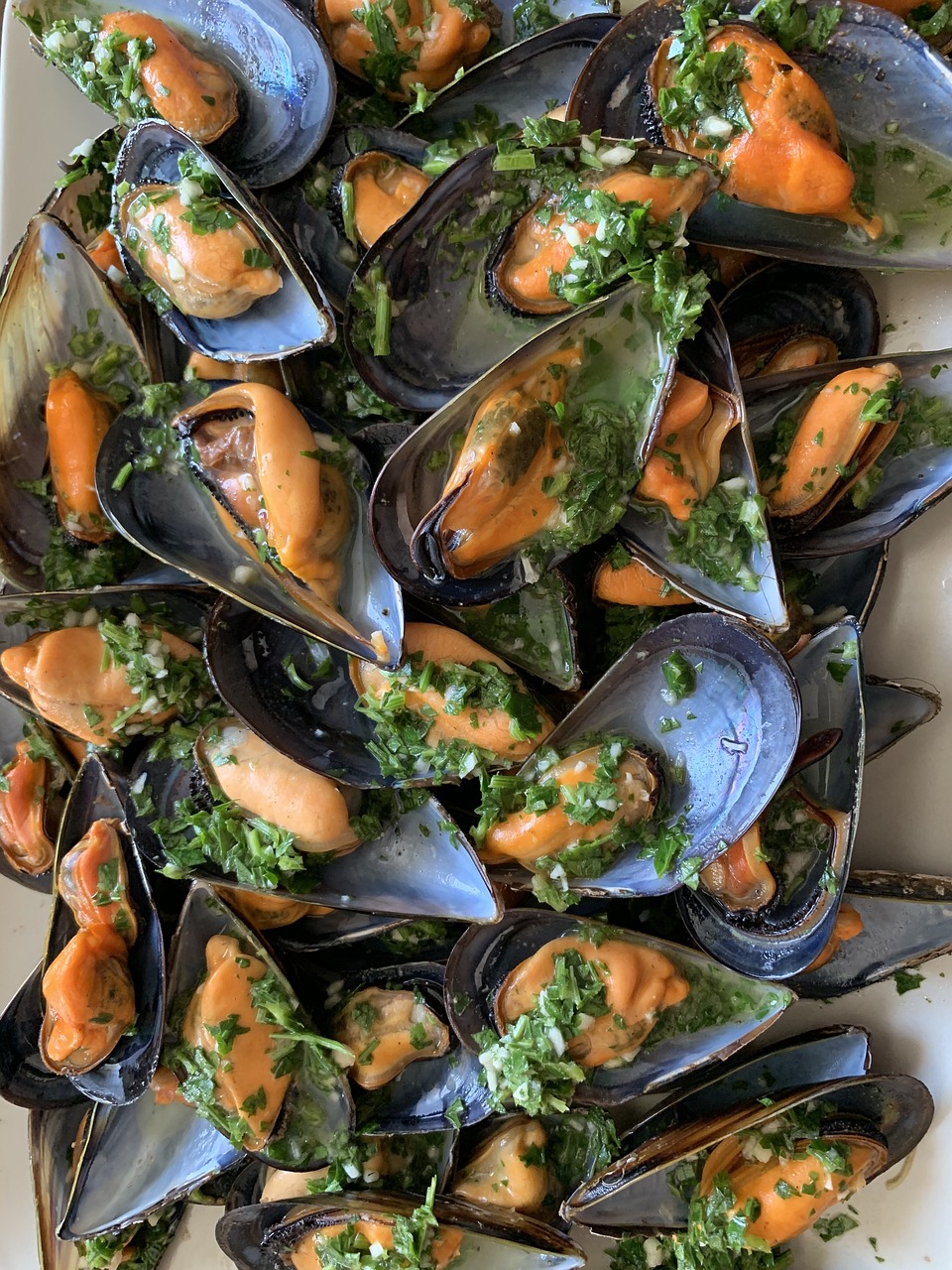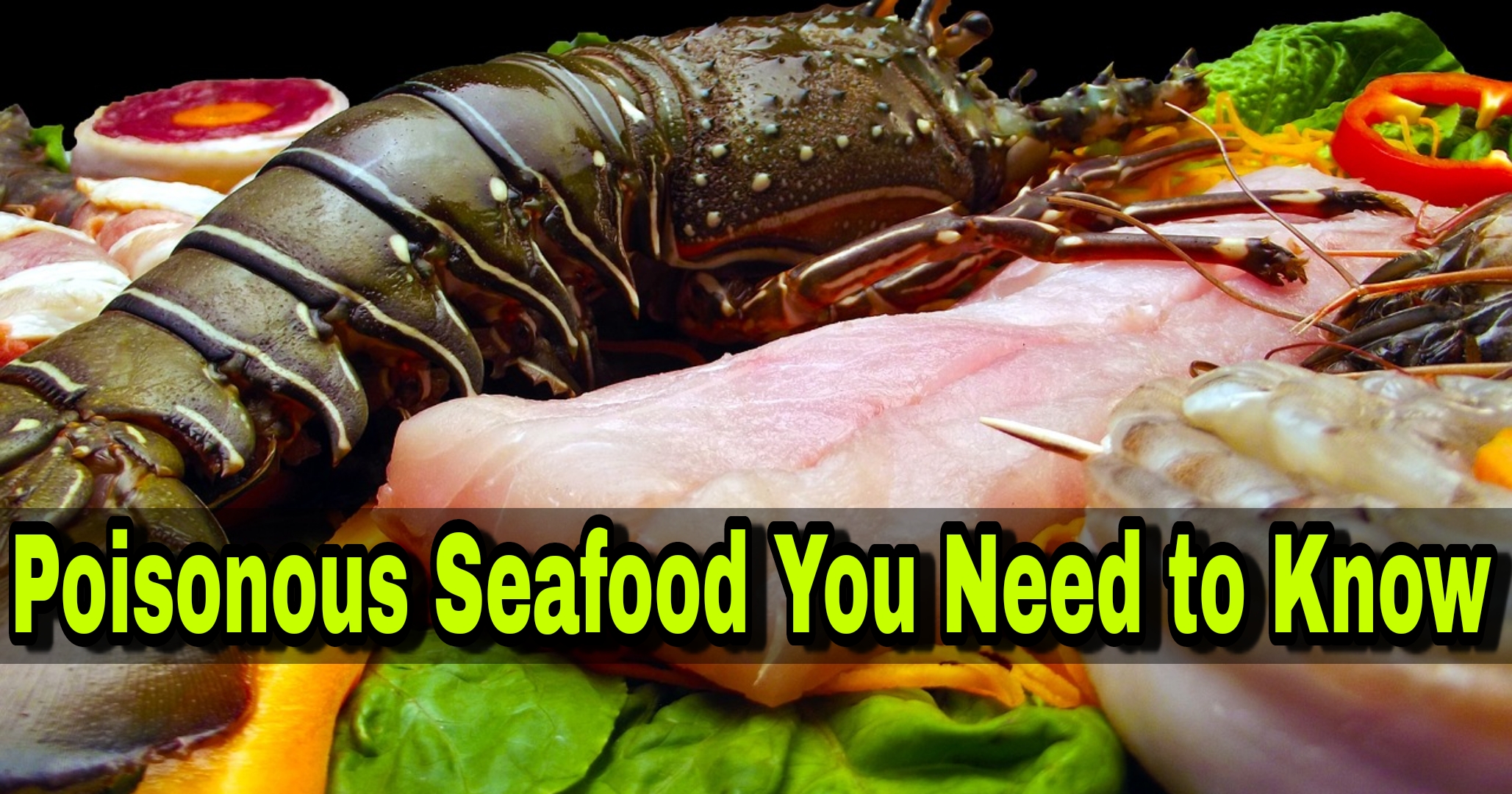The Hidden Dangers of Marine Delicacies: Poisonous Seafood Explained
Seafood lovers be ware! Not all marine creatures are safe for consumption. Some fish and marine animals harbor deadly toxins that can transform a delightful meal into a life-threatening experience.

Fugu (Pufferfish): A Deadly Japanese Delicacy
In the culinary world of Japan, fugu represents the ultimate gastronomic risk. This seemingly innocent fish contains tetrodotoxin, a neurotoxin so potent that a single mistake in preparation could be fatal. Only highly trained and licensed chefs are permitted to prepare fugu, with a rigorous certification process that takes years to complete.
Key risks of fugu:
– Contains 1,200 times more poison than cyanide
– Can cause complete paralysis within minutes
– Death can occur if even a tiny amount of toxin remains
– Requires expert precision to remove toxic organs
Stonefish: The Camouflage Killer
Nature’s most venomous fish blends perfectly with rocky ocean floors, making it nearly invisible to unsuspecting swimmers and divers. Its venomous spines can:
– Cause immediate, excruciating pain
– Trigger potential heart failure
– Create life-threatening complications
– Potentially kill an adult within an hour if untreated
Barracuda: The Tropical Toxin Carrier
While not inherently poisonous, barracudas can accumulate dangerous ciguatoxins from tropical marine environments. Consuming these fish can lead to:
– Severe gastrointestinal distress
– Neurological complications
– Potential long-term health issues
– Symptoms mimicking severe food poisoning
Blue-Ringed Octopus: Tiny but Terrifyingly Toxic
Despite its small size, this marine creature packs a deadly punch:
– Venom 1,000 times more potent than cyanide
– Can kill 26 adults within minutes
– No known antivenom exists
– Primarily found in Pacific waters near Australia and Japan
Understanding Marine Toxin Risks
Global marine toxin incidents highlight the importance of seafood safety:
– Approximately 260,000 people suffer fish-related poisoning annually
– Toxins can form during improper storage
– Some poisoning can occur even with thoroughly cooked fish
– Different marine regions have unique toxic risks
Safety Guidelines for Seafood Consumption
To protect yourself from potential marine toxin exposure:
1. Purchase seafood from reputable, licensed vendors
2. Understand the origin of your seafood
3. Ensure proper handling and preparation
4. Cook fish thoroughly
5. Consult local health experts about regional marine toxin risks
6. Be cautious of unfamiliar or exotic marine species
Cultural Considerations
In some cultures, like Japan, certain poisonous fish are considered delicacies. The preparation of fugu, for instance, is a highly ritualized process that requires years of specialized training.
Final Advice
When it comes to potentially poisonous marine creatures, the golden rule is simple: When in doubt, don’t consume. Your health and safety are paramount.

The ocean’s beauty can be deceptive, and not all its inhabitants are meant for human consumption. Always approach seafood with knowledge, caution, and respect for the complex ecosystem that produces these fascinating creatures.


Hi! Do you know if they make any plugins to safeguard against hackers? I’m kinda paranoid about losing everything I’ve worked hard on. Any recommendations?
I simply couldn’t go away your web site before suggesting that I extremely enjoyed the usual information a person provide to your guests? Is gonna be again steadily to check up on new posts